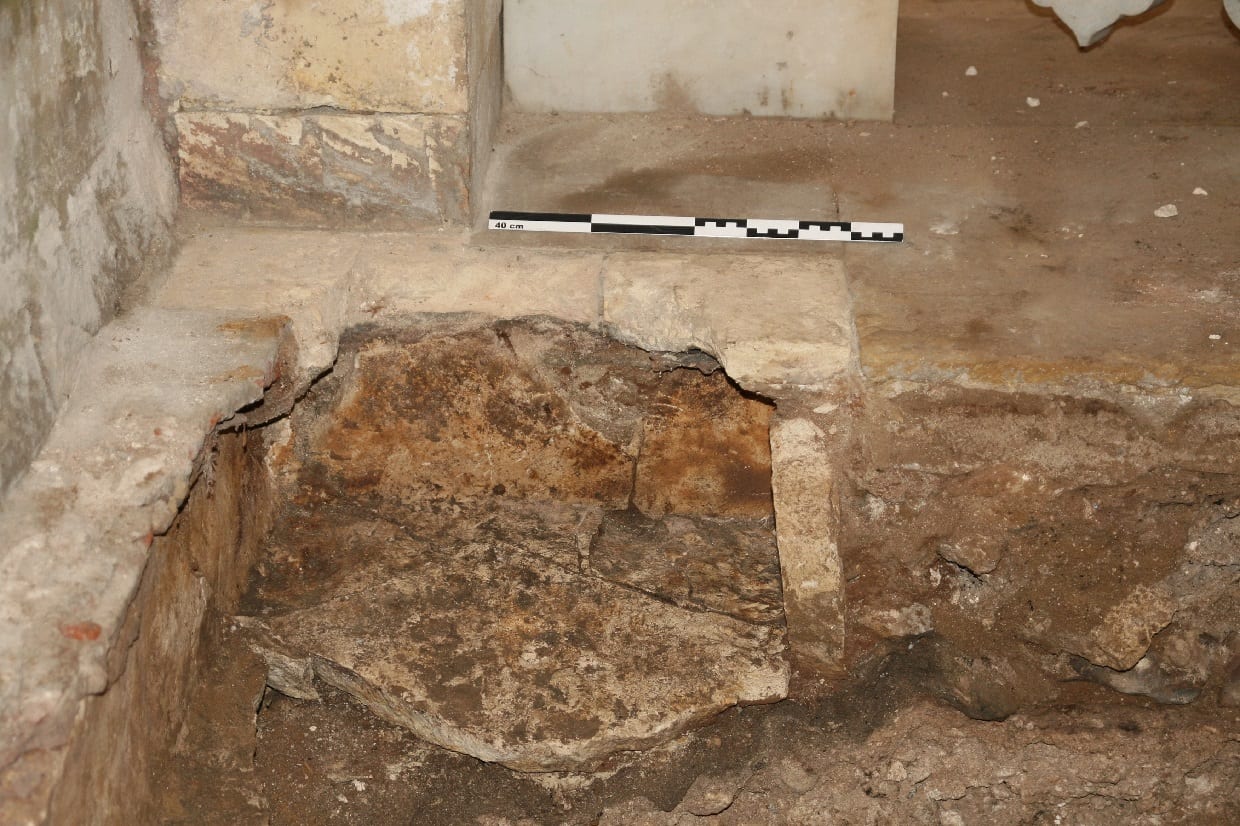Archaeologists from the Institute of Archaeology, of the Russian Academy of Sciences have identified the royal tombs of the Pereslavl princes Dmitry Alexandrovich and Ivan Dmitrievich, the descendants of Alexander Nevsky, the legendary Rus’ prince, and saint of the Russian Orthodox Church.
Dmitry Alexandrovich was the second son of Alexander Nevsky, who on the death of his father in AD 1264 was expelled to his native Pereslavl-Zalessky by the inhabitants of Novgorod (which was bequeathed to him by Alexander).
Dmitry spent a decade fighting for his birth right against his uncles, Yaroslav III and Vasily of Kostroma, finally ascending to the throne of Vladimir and Novgorod as the Grand Prince of Vladimir-Suzdal from 1276 until 1281, and then from 1283 until 1293 where he took monastic vows and died the next year.
Following the death of Prince Ivan in 1302, Pereslavl passed to the youngest son of Alexander Nevsky, the first Moscow prince Daniil Alexandrovich, who annexed Pereslavl to the Moscow principality. From that moment on, Pereslavl ceased to exist as an appanage princely town.
Both princes were buried in the Transfiguration Cathedral in Pereslavl, one of the oldest white-stone churches of pre-Mongol Russia.
According to documents from the 19th century, there were three brick tombstones along the southern part of the cathedral: one in the south-eastern corner and two in the western part. Following restoration works, the tombstones were broken, with two tombstones naming Dmitry Alexandrovich and Ivan Dmitrievich erected under the Cathedral’s choir.
In 1939, an archaeological expedition under the leadership of Nikolai Voronin opened the space under the tombstones and found that no one was buried under the slab with the inscription about the repose of Prince Dmitry Alexandrovich.
Under the tombstone with the name of Prince Ivan Dmitrievich, an oak coffin and a white-stone tomb were uncovered, covered with fragments of late gravestones of the 16th-17th centuries. It was suggested that both the son and the grandson of Prince Alexander were buried in this place, with the son in a wooden coffin, and the grandson in a stone sarcophagus, for which historians have adhered to this hypothesis to this day.
Between 2014 and 2020, archaeologists of the Institute of Archaeology of the Russian Academy of Sciences has conducted further excavations to locate the princes.
In the south-eastern corner of the Cathedral, archaeologists have discovered parts of a white-stone sarcophagus, cut from a single piece of stone, and retaining parts of the lid. It was here, according to the sources from the 19th century that the burial place of the Pereslavl prince Dmitry Alexandrovich was originally located.
The design features of the sarcophagus shows that the traditions of the pre-Mongol Vladimir-Suzdal Rus continued in the 13th century. This sarcophagus is similar to another white-stone tomb, which was located in the southwestern part of the cathedral and is believed to be the burial Prince Ivan Dmitrievich.
Vladimir Sedov from the IA RAS and a member of the Russian Academy of Sciences said: “We were only now able to understand where both descendants of Alexander Nevsky were actually buried. Two princely sarcophagi were on the same line in the southern part of the cathedral: the father was buried in the eastern corner, in the side of the altar, and the son – in the western part, which is also a prestigious and important southern part of the Cathedral.”
Header Image – fragments of the white-stone sarcophagus of the burial of Prince Dmitry Alexandrovich – Image Credit : IA RAS







